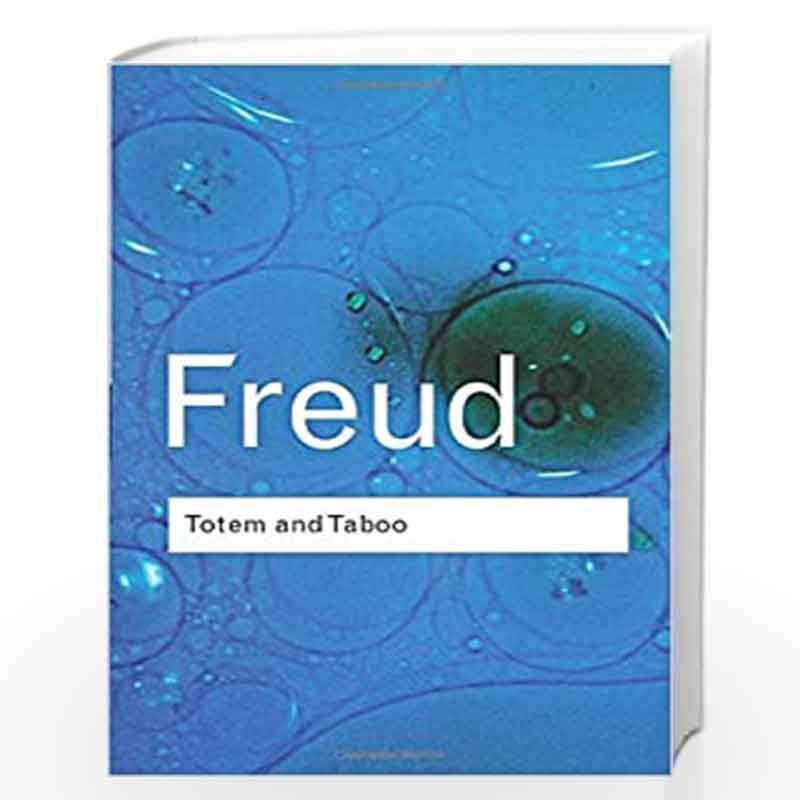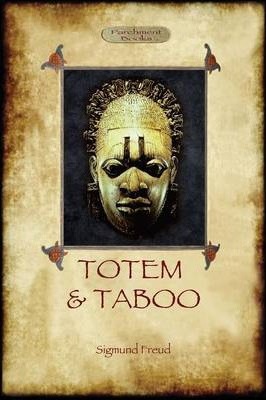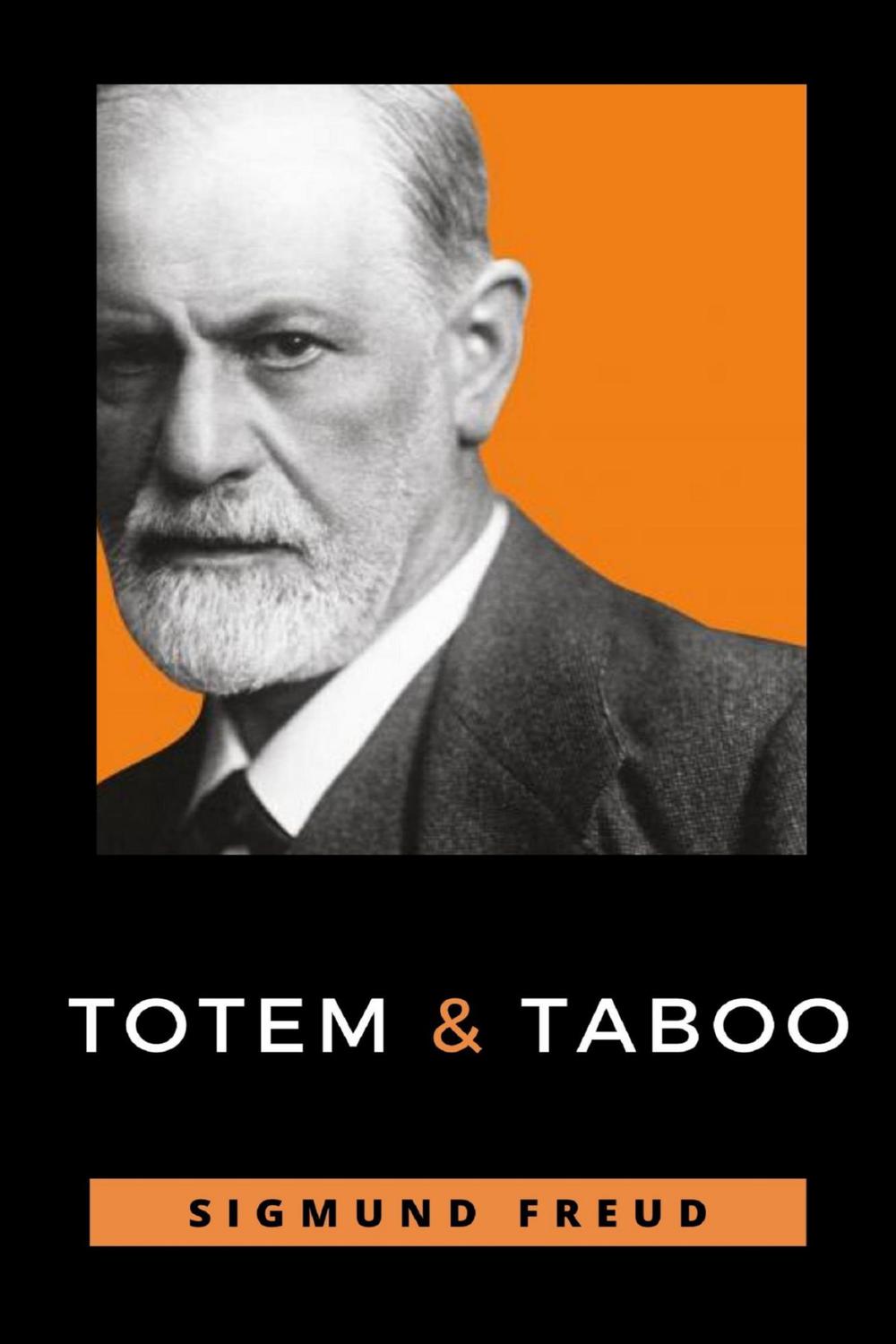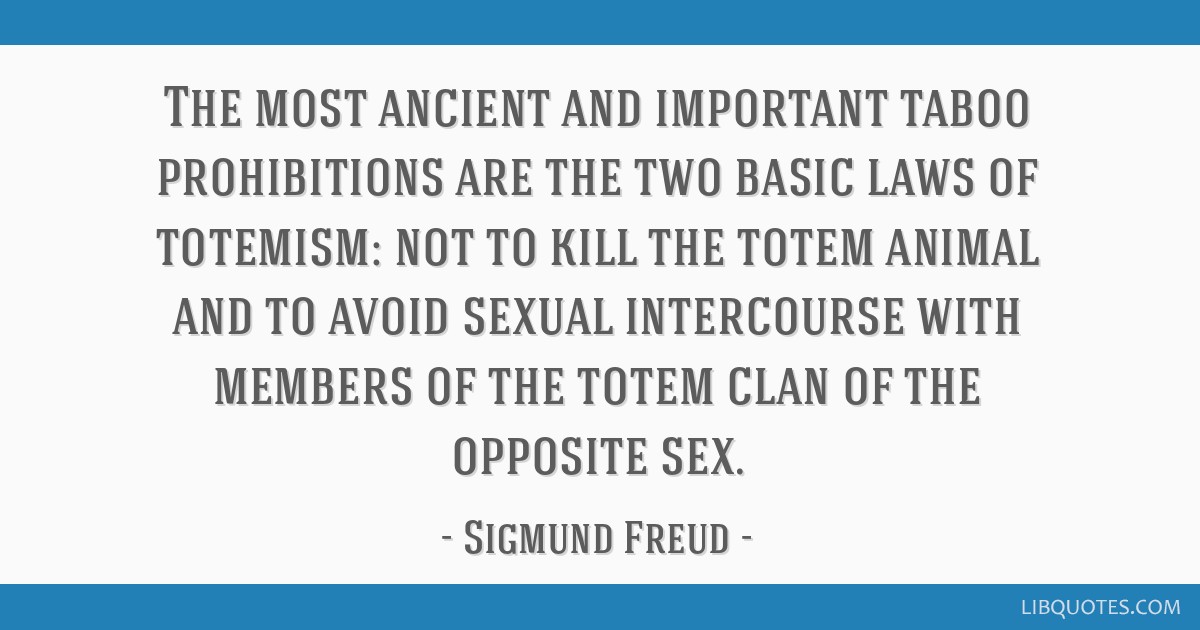Sigmund Freud's Totem and Taboo is a classic work of psychological theory that explores the origins of human society and culture. In this work, Freud argues that the primal horde, a group of primal males who lived in a state of primal aggression, is the basis for the development of human society and culture.
According to Freud, the primal horde was led by a powerful patriarch, who was the source of both physical and psychological strength for the group. This patriarch controlled access to the group's women and children, and his power was reinforced through the use of taboo rituals and the creation of totemic symbols.
Freud believed that the primal horde's relationship with the patriarch was ambivalent, as the members both worshipped and hated him. This ambivalence was eventually resolved through the process of sublimation, in which the primal males repressed their aggressive impulses and turned them into productive, cultural endeavors.
One of the key components of Totem and Taboo is the concept of the Oedipus complex, which Freud believed was a universal part of human development. According to Freud, the Oedipus complex arises during the child's phallic stage of development, when the child begins to develop sexual feelings towards the opposite-sex parent. This leads to feelings of jealousy and rivalry with the same-sex parent, and eventually to the resolution of the complex through identification with the same-sex parent.
Freud believed that the Oedipus complex was a crucial part of the development of human society, as it helped to establish the relationship between fathers and sons and facilitated the transfer of power from one generation to the next. He also believed that the resolution of the Oedipus complex was essential for the development of a healthy ego and the ability to form meaningful relationships with others.
Totem and Taboo is a complex and influential work that has had a significant impact on the field of psychology. While many of Freud's ideas have been challenged and revised over time, his ideas about the primal horde and the Oedipus complex continue to be influential and debated by psychologists and other scholars. Overall, Freud's Totem and Taboo remains a foundational work that continues to shape our understanding of human society and culture.
Totem and Taboo Analysis

Also one of the oldest form of sacrifice, older than the use of fire and the knowledge of agriculture, was the sacrifice of animals, whose flesh and blood was eaten by the God. Exterior to Australia, totemic institutions were found and are still observed among North American Indians, as well as among the races of the Polynesian Islands group, in East India, and in a large part of Africa. It is a collection of four essays first published in the journal Imago 1912—13 employing the application of psychoanalysis to the fields of archaeology, anthropology, and the study of religion. All direct or indirect contact with this dangerous sacredness is therefore avoided, and when it cannot be avoided, a ceremonial has been found to prevent the consequences. In this book, the attempt was to find the original meaning of totemism through its infantile traces.
Totem and Taboo, 1913, by Sigmund Freud

His incest dread demands that he should not be reminded of the genealogy of his love selection; the actuality of his mother-in-law, whom he had not known all his life like his mother so that her picture can be preserved unchanged in his unconscious, facilitates this rejection. On one hand it means sacred and consecrated: on the other hand it means uncanny, dangerous, forbidden, and unclean. How then did prehistoric man come to acquire a totem; that is, how did he come to make his descent from this or that animal foundation of his social duties and, as we shall hear, of his sexual restrictions as well? II: Mythus und Religion. A sense of conscience—the Superego—develops in the individual and serves to restrict prohibited behaviors. This is, for Freud, the first prototypical case of the Oedipal Complex in which a band of expelled brothers returned to the clan to kill their revered and feared father. It is quite doubtful whether they evince any traces of religion in the form of worship of higher beings.
Totem and Taboo
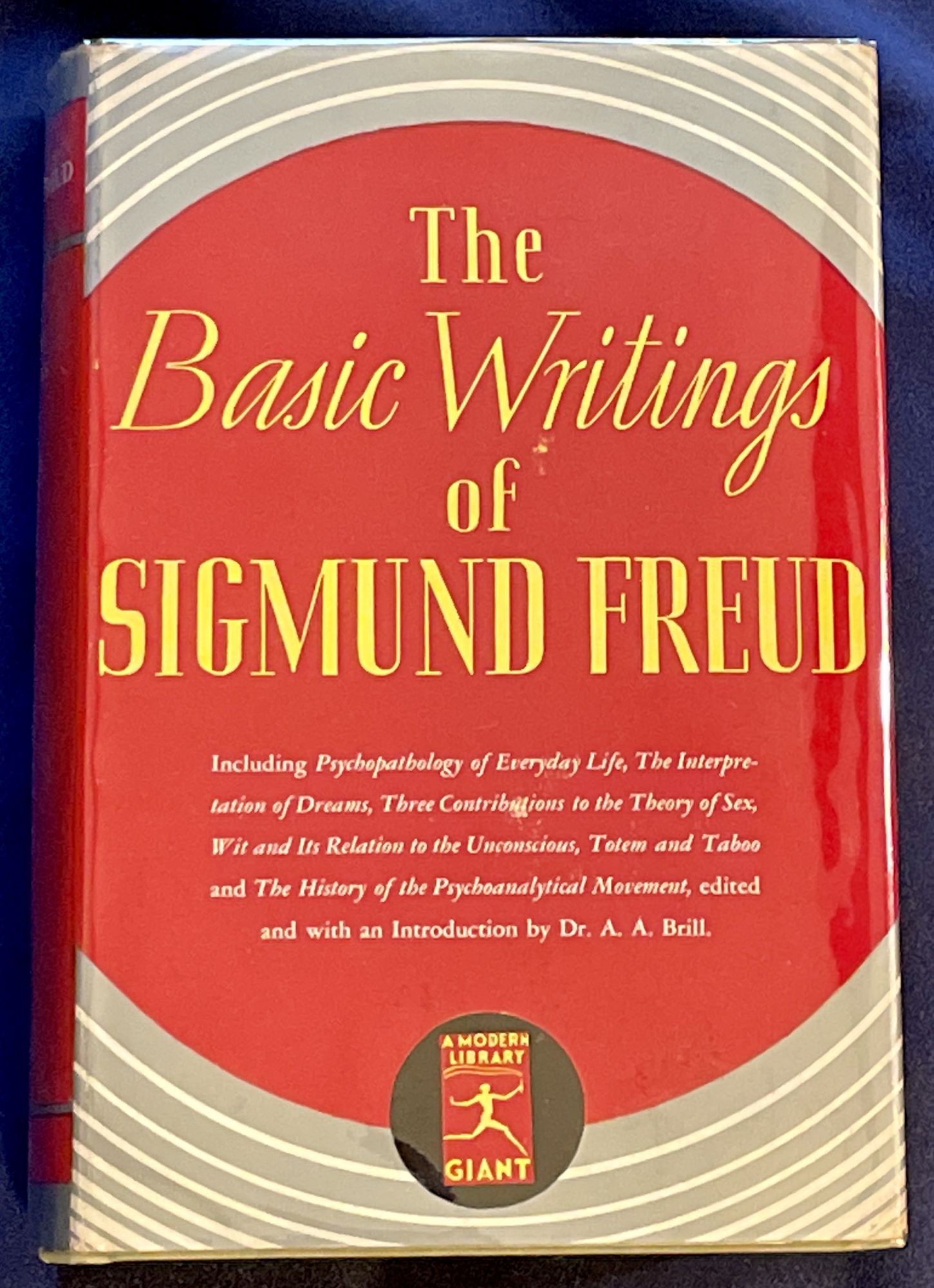
Every division is exogenous. The taboo restrictions are different from the religious and normal constraint. The "omnipotence of thoughts" projects inner reality onto the world, an animistic practice we can see today in art, for example. Freud himself considered "The Return of Totemism in Childhood" his best-written work, and Totem and Taboo as a whole remained one of his favorite works. On the other hand the reserve between mother and son increase with age and is more obligatory on the mothers side. He can still visit home to ask for food, but his sister is at home, he must go away before he has eaten. In order to ensure no one breaks these rules, sever punishment, even death is handed out communally to anyone who violates the taboo.
Totem and Taboo by Sigmund Freud (1856
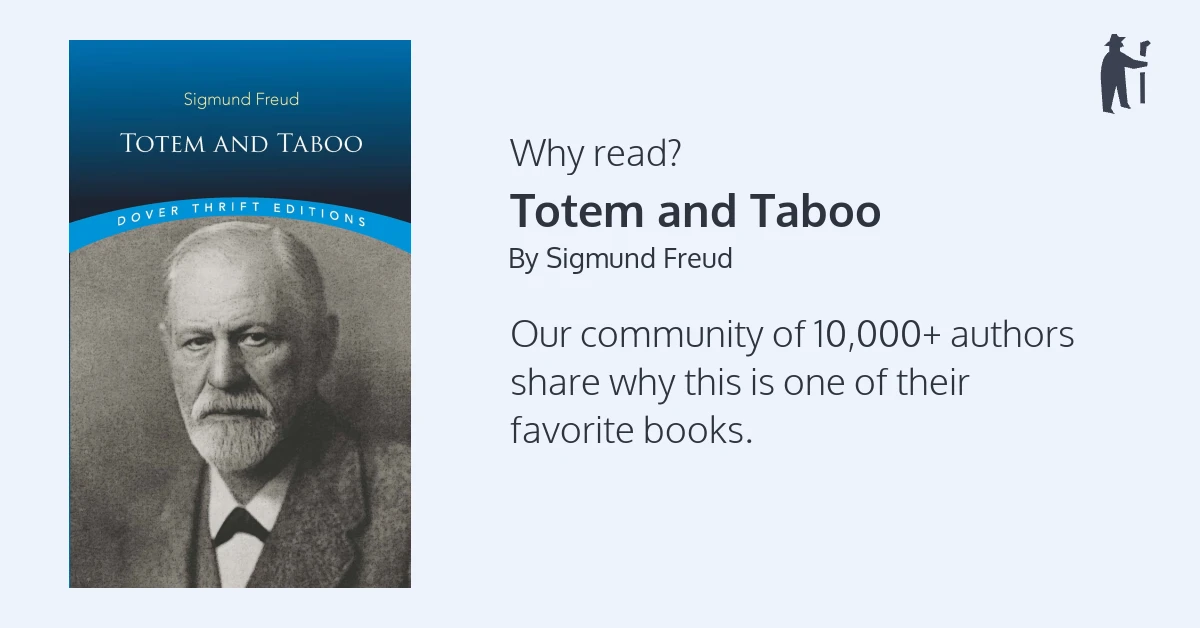
Although a number of authors, as, for instance, B. Totem and Taboo, the theories Freud proposed there now have few advocates. If those rules are violated a punishment is given. But here again I must ask the reader to be content with a fragmentary excerpt from the abundant material. For example if she brings him something to eat, she must put it down before him, and she is also no allowed to address him in any familiar manners. So the whole tribe is then divided into four classes.
